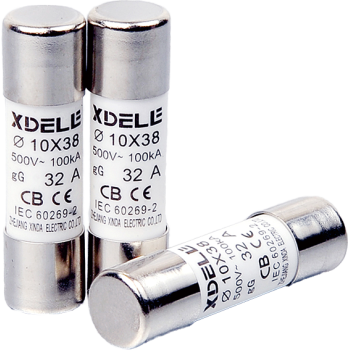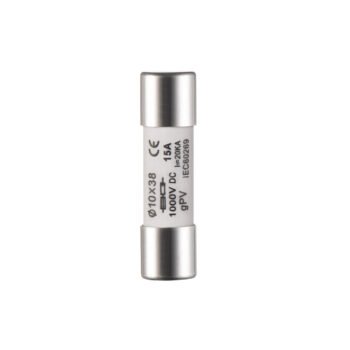Description
– In electric vehicles (EVs), DC fuses are crucial safety components that protect electrical circuits from overcurrents and short circuits.
– They are designed to interrupt the flow of current when it exceeds a safe limit, preventing damage to the vehicle’s electrical system, including batteries, motors, and other sensitive components.
– These fuses are typically rated for high DC voltages, such as 500VDC or 1000VDC.
Key Features:
Protection:
DC fuses protect the vehicle’s electrical system from damage caused by overloads and short circuits.
Voltage Rating:
They are designed to operate at high DC voltages, such as 500VDC or 1000VDC.
Robustness:
EV fuses are built to withstand the harsh conditions of an automobile, including vibrations, impacts, and temperature variations.
Materials:
They may use materials like melamine-laminated glass fiber instead of the ceramic casings found in standard fuses.
Location:
Fuses are strategically placed throughout the vehicle’s electrical system, including in the battery pack, motor control unit, and charging circuits.
Semiconductor Fuses:
In some cases, specialized semiconductor fuses are used, particularly in charging stations and other high-power applications, due to their ability to quickly interrupt current flow during faults.
Current Limiting:
Many EV fuses are designed as current-limiting fuses, meaning they quickly reduce the current flow when a fault occurs.
Fuse Types:
Various types of fuses are used in EVs, including blade fuses, cartridge fuses, and fusible links, each designed for specific applications.







Reviews
There are no reviews yet.